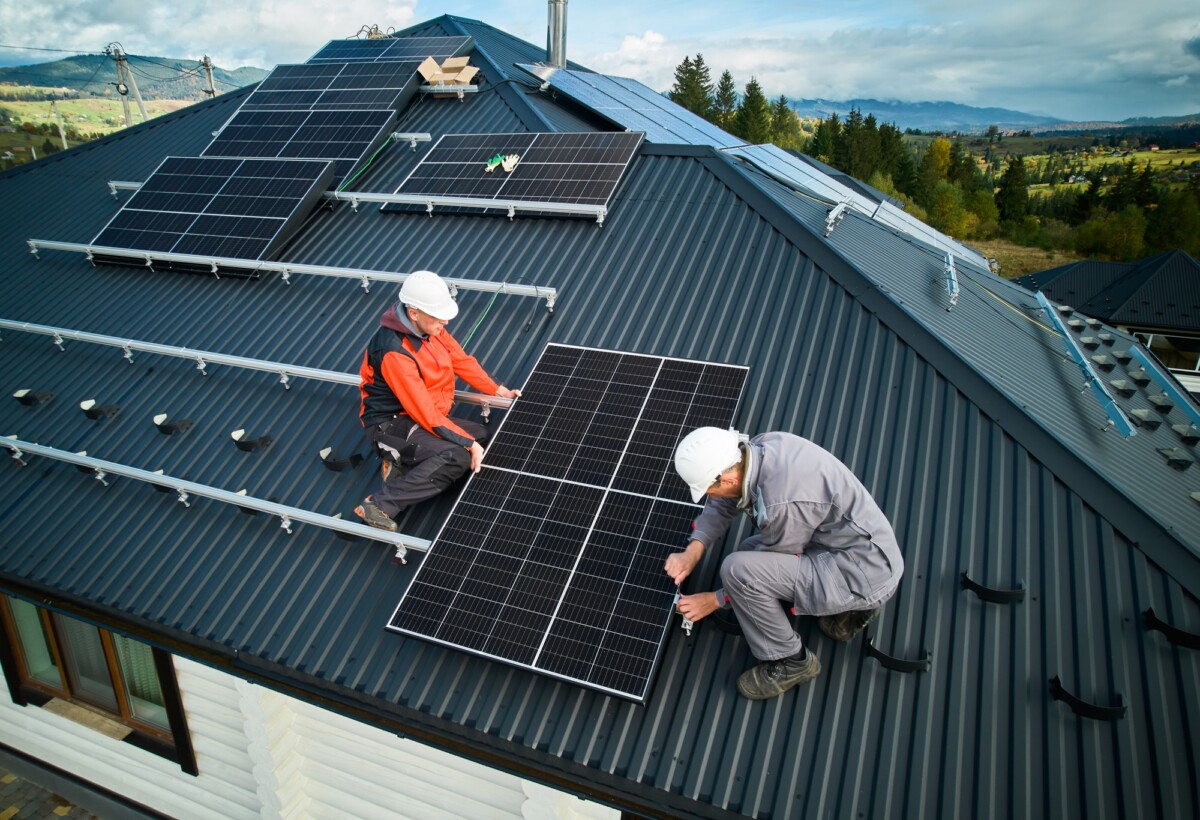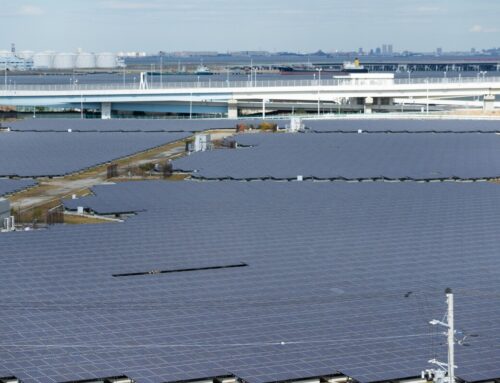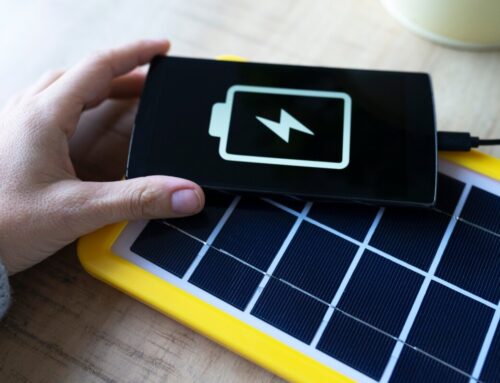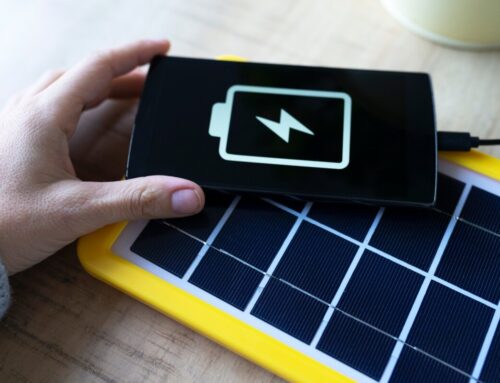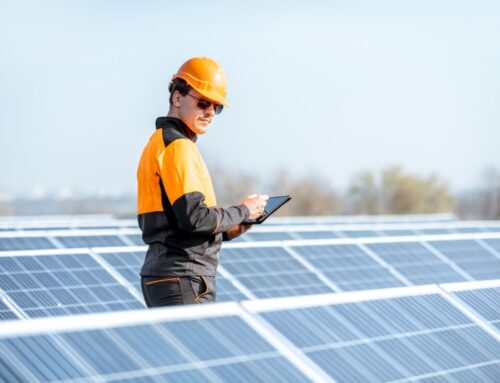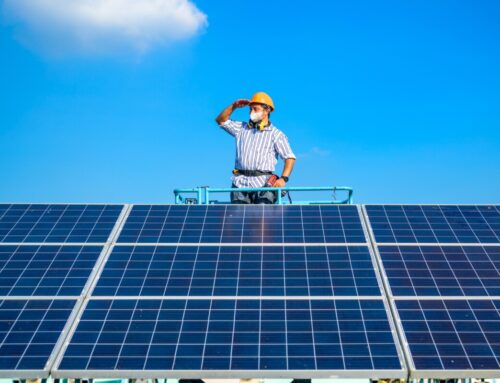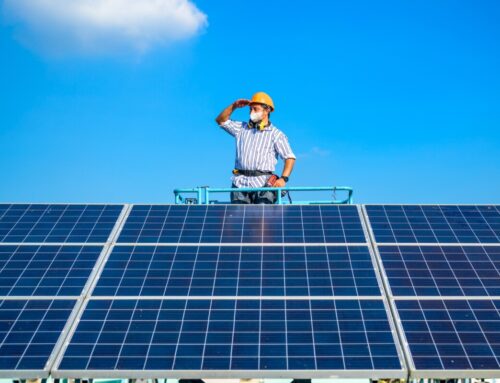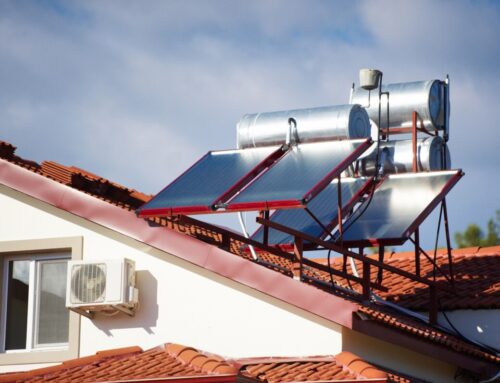How to Use Solar Panels Effectively for Home and Business
How to use solar panels is a question that many homeowners, businesses, and eco-conscious individuals are asking in today’s energy-focused world. Solar panels offer a renewable solution to rising energy costs and environmental concerns, but knowing how to use them correctly is essential to getting the best results.
This in-depth guide will walk you through every major aspect of using solar panels—from understanding how they work, to selecting the right type, installing them, and maintaining them over time. Whether you are just starting to explore solar energy or ready to install a system, this article provides a detailed overview of how to use solar panels effectively.
What Are Solar Panels and How Do They Work
Solar panels, also known as photovoltaic (PV) panels, are devices that convert sunlight into electricity. They are made of solar cells—typically silicon—that absorb photons from sunlight and release electrons, creating an electric current. This process is known as the photovoltaic effect.
Each panel produces direct current (DC) electricity, which must be converted to alternating current (AC) using an inverter, since most home appliances and electrical systems use AC power. Solar panels are typically mounted on rooftops, ground arrays, or poles.
A standard residential solar setup includes:
-
Solar Panels: Capture sunlight and generate electricity.
-
Inverter: Converts DC electricity to AC.
-
Mounting System: Secures panels in place.
-
Monitoring System: Tracks energy output.
-
Battery (optional): Stores excess energy for later use.
Step-by-Step Guide on How to Use Solar Panels
Step 1: Determine Your Energy Needs
Start by analyzing your electricity usage. Look at past utility bills to understand your average monthly consumption, measured in kilowatt-hours (kWh). This data helps determine the size and number of solar panels you need.
For example:
-
A typical U.S. home uses around 900–1,200 kWh per month.
-
A 5-kW solar panel system can produce approximately 500–800 kWh per month depending on location and weather.
Your energy needs should align with your system’s output.
Step 2: Choose the Right Type of Solar Panels
There are three main types of solar panels:
-
Monocrystalline: High efficiency, long lifespan, and sleek appearance. Best for homes with limited roof space.
-
Polycrystalline: More affordable but slightly less efficient.
-
Thin-Film: Lightweight and flexible, used in non-traditional or commercial settings.
Choose based on your budget, available space, and performance needs.
Step 3: Decide on Grid-Tied or Off-Grid
There are two major ways to use solar panels:
-
Grid-Tied System: Connected to your local utility. Excess electricity can be sold back through net metering. Most popular option for residential users.
-
Off-Grid System: Not connected to the utility grid. Requires batteries to store power. Ideal for remote locations.
Step 4: Find a Qualified Installer
Solar panel installation is a technical process that should be handled by licensed professionals. Research local installers, check their certifications, customer reviews, and request multiple quotes. Make sure they’re familiar with your local building codes and utility policies.
A good installer will:
-
Conduct a site evaluation
-
Handle permits and inspections
-
Customize system design
-
Ensure correct orientation and tilt angle
-
Install panels, inverter, and wiring safely
Step 5: Install the Solar Panels
Once your installer is selected and all permits are in place, the installation can proceed. Most residential systems take 1–3 days to install. Panels are mounted on your roof using rails and brackets, wired to an inverter, and connected to your home’s electrical system.
The ideal orientation is south-facing in the Northern Hemisphere, with a tilt angle equal to your latitude for optimal year-round performance.
Step 6: Connect to the Electrical System
Once the system is installed, your local utility must inspect and approve the setup if it’s grid-tied. After approval, your system is activated and begins producing electricity.
A net meter is usually installed to measure the power sent to and from the grid, helping calculate your monthly savings.
Step 7: Monitor System Performance
Most systems include a monitoring platform—accessible via mobile app or website—that shows real-time energy production and performance stats. Monitor daily, monthly, and annual outputs to ensure everything is functioning correctly.
If performance drops significantly, it may indicate a fault or the need for maintenance.
Step 8: Maintain the Panels
Solar panels require minimal maintenance, but regular cleaning and inspection are essential:
-
Clean panels every 6–12 months to remove dust, dirt, and bird droppings.
-
Inspect for shading issues caused by growing trees or new buildings.
-
Check inverter and wiring annually to catch potential issues early.
-
Hire professionals for a thorough inspection every 2–3 years.
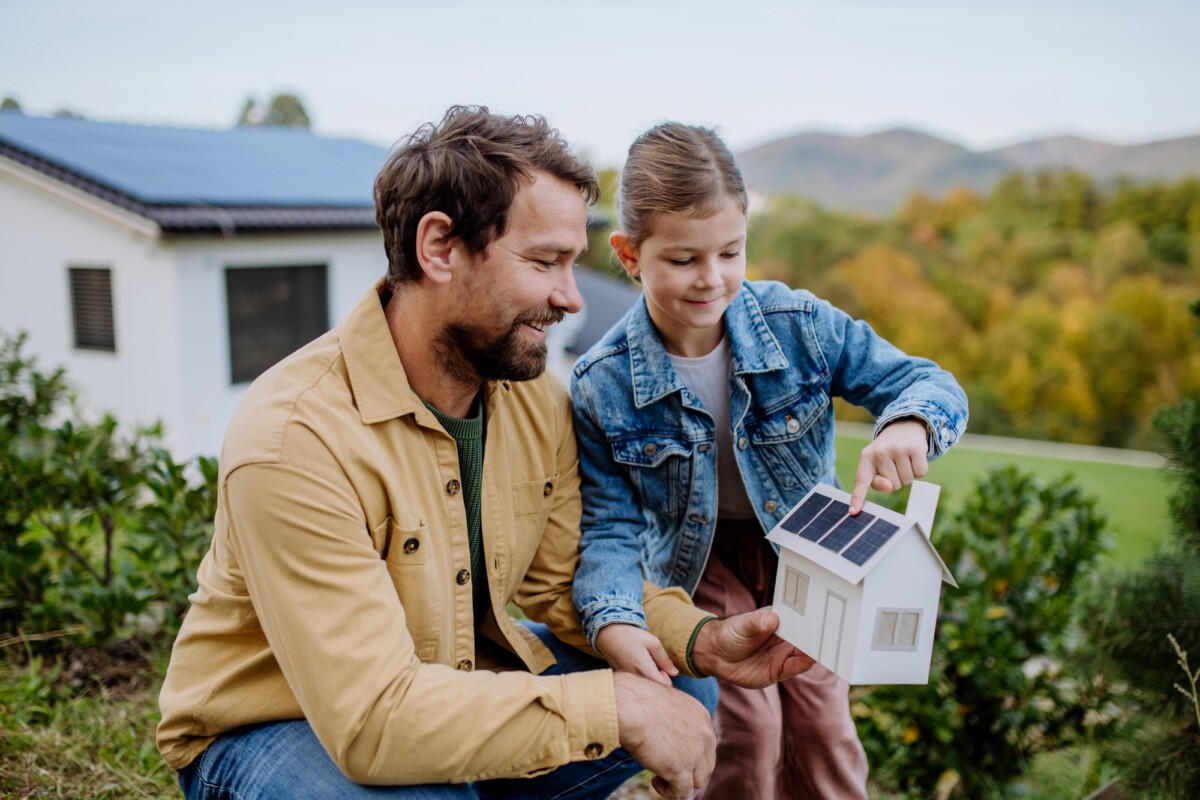
Curious about solar? Let us help you discover how solar energy can revolutionize your home and save you money. Request Your Free Solar Estimate at SOLAR ENERGY
How to Use Solar Panels for Different Applications
Residential Use
Homeowners use solar panels primarily to reduce electricity bills. Solar systems can be sized to offset a portion or all of your home’s energy needs. Battery storage allows you to use solar power at night or during outages.
Commercial Use
Businesses use larger solar arrays to reduce operating costs and show commitment to sustainability. Commercial solar panels are typically ground-mounted or installed on flat roofs and come with significant tax incentives.
Off-Grid Use
In remote cabins or agricultural lands without utility access, solar panels paired with batteries offer an independent power source. These systems require careful sizing to ensure year-round reliability.
Benefits of Using Solar Panels
Cost Savings
Solar panels can reduce or eliminate electric bills. In states with high electricity rates, the savings can be significant—up to tens of thousands of dollars over 20–25 years.
Environmental Impact
Using solar energy reduces your carbon footprint, conserves natural resources, and limits air pollution. It’s one of the cleanest energy sources available.
Energy Independence
Solar users gain control over their energy supply and are less vulnerable to utility rate increases and grid failures.
Incentives and Tax Benefits
The federal solar tax credit allows you to deduct 30% of installation costs from your tax liability. Many states and utilities also offer rebates or performance-based incentives.
Table: Residential vs Commercial Solar Use
| Application | Residential Solar | Commercial Solar |
|---|---|---|
| Average System Size | 5–10 kW | 25 kW and above |
| Installation Site | Rooftop | Rooftop or ground-mounted |
| Energy Use | Daily household needs | High-load, consistent usage |
| Incentives | Federal & state tax credits | Additional business deductions |
| Payback Period | 6–10 years | 4–7 years |
Common Mistakes to Avoid When Using Solar Panels
-
Poor roof orientation or shading: Always evaluate sun exposure before installing.
-
Undersizing your system: A system too small won’t cover your needs.
-
Ignoring maintenance: Dirty or faulty panels can lose efficiency quickly.
-
Overpaying for installation: Get multiple quotes and evaluate warranties.
-
Not researching incentives: You could miss out on thousands in savings.
FAQs About How to Use Solar Panels
Do solar panels work at night?
No, solar panels do not generate electricity at night. You’ll need battery storage or grid electricity after sunset.
Can I install solar panels myself?
While DIY kits are available, it’s highly recommended to use professional installers to ensure safety, efficiency, and warranty protection.
How long do solar panels last?
Most panels last 25 to 30 years with minimal degradation. Inverters and batteries may need replacement sooner.
Do solar panels work in winter?
Yes, solar panels still work in winter. They may be slightly less efficient due to shorter days or snow coverage but still produce electricity.
Can solar panels power my whole house?
Yes, with proper system sizing and battery backup, a solar system can fully power your home, especially in sunny regions.
Conclusion on How to Use Solar Panels
How to use solar panels properly involves more than just placing them on your roof. It requires careful planning, accurate sizing, and long-term monitoring. From choosing the right type of solar panel and hiring a reputable installer to maintaining and monitoring the system, each step contributes to overall efficiency and cost-effectiveness.
As solar energy continues to grow in popularity, more homeowners and businesses are discovering how to use solar panels to their advantage—saving money, reducing carbon emissions, and gaining energy independence. If you’re ready to make the switch, now is a great time to start. With falling prices, strong incentives, and growing awareness, solar energy is more accessible than ever.
Don’t wait to go solar! Thousands of homeowners are saving—join them and start reaping the benefits.
Book Your Free Consultation at SOLAR ENERGY
Explore additional solar solutions at NEW SOLAR QUOTES and discover how it can benefit your home!

